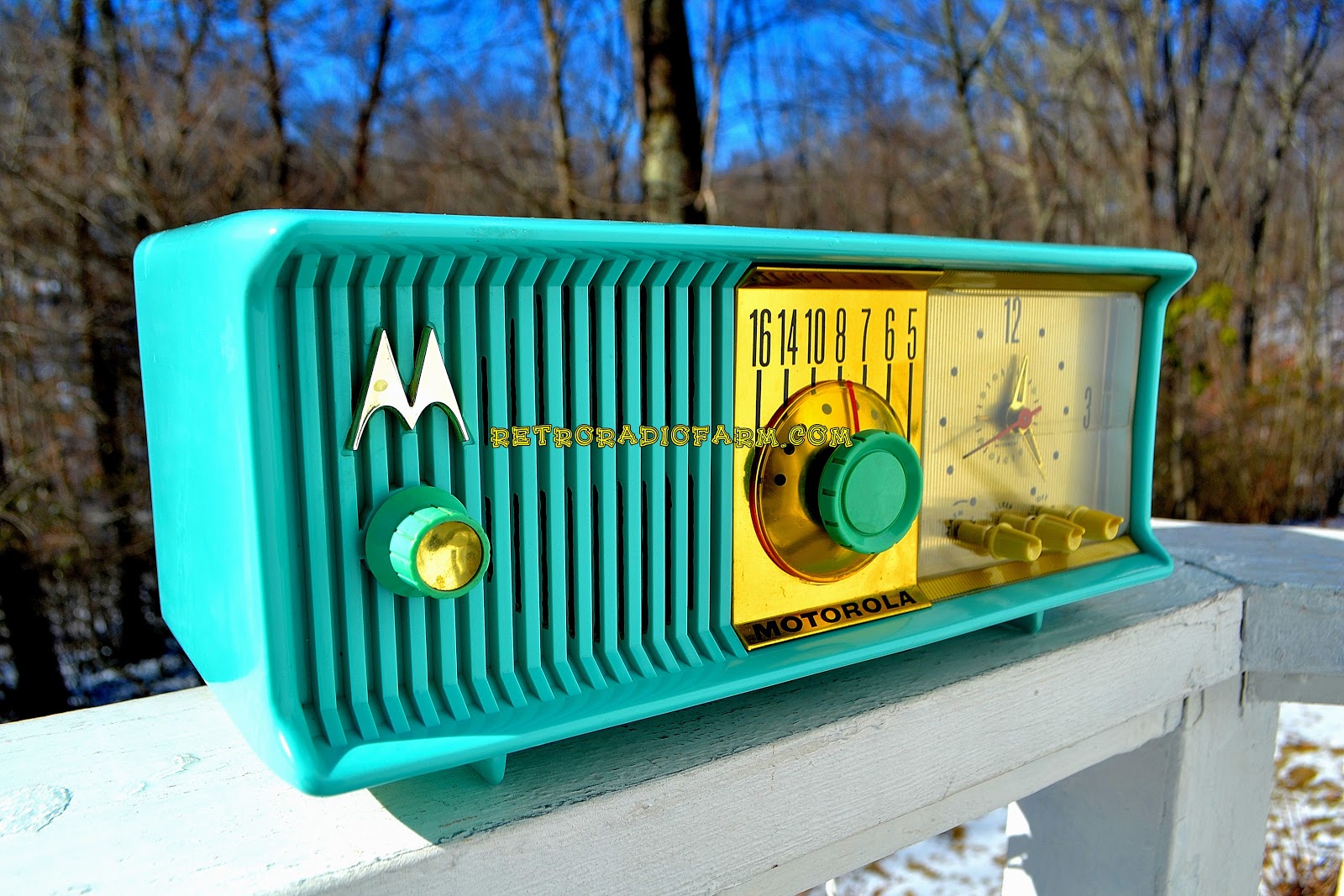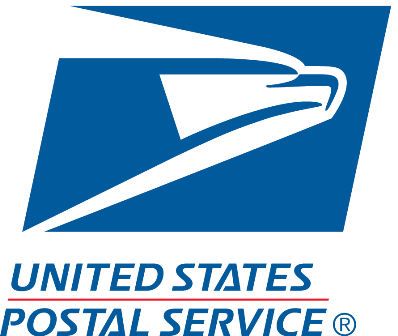Finding and Repairing Retro Radios Turned into a Successful Side Hustle
Hello! Who are you and what are you working on?
My name is Allen Chiang, and I founded Retro Radio Farm, where I repair and restore old radios. I offer Bluetooth MP3 upgrade if the customer wants to play digital music.
I have a busy career as an IT professional. Retro Radio Farm is side business that grew out of a recent hobby of mine.
Right now, I make about $50K a year for the work I put in primarily on weekends. While it’s highly profitable, it has not yet lucrative enough yet for me to quit my day job. Although, the business has been growing 20% every year.

What's your backstory and how did you come up with the idea?
One day back in 2012, I happened to go to a local flea market. I wasn’t looking for anything in particular, and I'm not a flea market or garage sale regular.
I noticed these two old radios for $15 each. I had not been interested in old radios before, and I was not a collector or a retro guy. These particular radios were from 1950s, bright and colorful, oozing with retro pride, but in sad, neglected shape.
As far as my professional background, I have an electrical engineering degree but never worked on radios. My understanding of these things was only basic at best. I knew analog audio sounded better than digital from my guitar days.
I read a few articles online, postings on forums, and figured out how to repair these things. It was a slow process at first, with a lot of trial and error.
I was looking to launch an online business of some kind to generate additional income. I had been selling random stuff on eBay for years.
Describe the process of finding these radios and repairing them.
Radios manufactured between the 1920s through 1960s were built on vacuum tube technology, which became obsolete with the introduction of solid-state technology.
Vacuum tubes are actually glass tubes about the size of a small light bulb. All digital technology today is based on some kind of semiconductor transistor, but much smaller. There are still manufacturers of vacuum tubes, but they mainly cater to guitar players and high-end audiophiles.
Vacuum tubes are fundamentally analog. They are expensive to make and service. They are power hungry, big and bulky, relatively unreliable, burn-out over time, and run at higher temperatures compared to digital. Yet, many musicians and audiophiles insist on them because of their sound quality. Many people feel vacuum tube based audio is a lot more organic sounding.
I've been working on old radios from all periods between the 30s through the 70s, but I prefer the 50s mid-century designs because of their bold and colorful designs. During the 50s, America as a country was going through rapid growth, experimenting and taking chances, leaving old conventions and attitudes behind. This is reflected in how these radios look. Brown and white Bakelite radios of the 30s and 40s gave way to pink, turquoise, and seafoam greens with oblique angles, chrome, and space-age design motifs.
These radios are becoming very collectible. The upcycling potential of these old designs with modern technology is driving prices higher and higher.
So I started finding these old radios from the 30’s, 40’s, and 50’s online and buying collections from collectors. Often for me, the satisfaction is the thrill of the hunt. I remember one collector who had so many of these old radios in his garage. The radios were propping up the falling structure and were lying around in piles in his yard! Another collector had so many radios in his attic that there wasn’t enough room for anyone to walk around. He ended up dropping them out of the attic windows while I caught them in his driveway!
Most of the collections I acquire come through word of mouth and via my website as well as through various social platforms under the Retro Radio Farm name.
Each radio repair and restoration project is different - each one is a mystery and a hidden story to tell. When I fix a radio, and it plays again, I feel like I've solved a puzzle. It’s true not many people listen to AM radio anymore. AM band nowadays seems to have 1 of 3 basic programming formats; talk, latin, and oldies. It’s fitting, like from a Stephen King story, when a 50’s song is the first thing that plays after decades of silence.
There’s one common thing I find inside all these old radios: DIRT. These old radios were mechanical as much as electrical, not like the solid-state designs of today. Dirt and anything mechanical is a dangerous combination. Plus, these old radios were warm, dark, enclosed, and most cases stored in attics, basements, and garages for years, sometimes decades. That's a haven for mice, spiders, ants, etc - you name it!
A great idea without hard work won’t succeed. An OK idea with a lot of work might succeed.
Some radios were still working before being put into storage - making the repairs simple. Maybe a tube was blown, or an old beeswax and paper filter capacitor dried out. eBay and specialty electronics supply stores still carry plenty of replacement vacuum tubes at a low price. Replacement parts like capacitors, resistors, and most other components are widely available.
Other radios have had a more unfortunate fate. Remember, these radios were not glorified muscle cars or the cherished cultural icons such as the custom colored pre-CBS Strat. I find them with missing knobs, cracked or chipped, coated with grease and lint, painted with latex, etc.
It is time-consuming to repair cracked and chipped cases, repaint or re-veneer them, or re-manufacture and fabricate missing pieces or trim. Electronically, troubleshooting can take many hours. Armed with a schematic and a hefty dose of electrical intuition, I discover root issues are defective capacitors, a broken circuit trace, an open transformer, or tolerance drift. My workshop articles documenting some of these restorations help tell these stories. The workshop stories seem to outperform my other content, especially in email marketing blasts.
I strive to maintain originality. Unless the customer requests new totally new technology, then all circuits and exterior features remain intact and factory original.
With the resurging interest in the phonograph, I figured analog radio or Bluetooth to play MP3/MP4 makes sense. I figured out a way to add Bluetooth to make these radios play modern music formats MP3, MP4, Bluetooth or Wifi. For many people, these old radios are just shelf art unless they can listen to their music on iTunes, iPhone, or iPad.
These radios sound great with the Bluetooth addition. I add a rocker switch on the back to select between Bluetooth and regular radio. The Bluetooth feature allows customers to play their own music wirelessly from any Bluetooth capable device.
The Bluetooth MP3 modifications are intended to be reversible. All circuit modifications can be undone by someone who is qualified. I find my customers are equally men and women across a wide age group. Typically, they appreciate the nostalgia aspect of these old radios. Most want them working, but some collect as display pieces. About half my customers upgrade to Bluetooth MP3.
My radios have even been used in several movies as props. One Manhattan decorator used my radios in a wall display. I have sold my radios nationwide across all states and to many countries globally.
Describe the process of launching the online store/business.
I started off by selling completed products on eBay, but I eventually outgrew it. I put up RetroRadioFarm.com because I wanted to build my own brand.
My professional experience gave me an advantage in setting up my own e-commerce site.
My startup costs were nominal:
- About $30 to register my domain.
- Maybe $100 for both state and federal tax IDs.
- Soldering iron and maybe $100 of spare parts and I was off and running.
I quickly launched my Shopify store. I came up with RetroRadioFarm.com as the domain as my first choices, such as retroradios.com or vintageradios.com, were already taken.
The Shopify platform is pretty turnkey. I also looked at Magento and GoDaddy. I even considered oDesk to build my own site from scratch. I came up with the logo and store concept in one afternoon. I chose not to use Shopify store templates because I wanted something unique.
I've learned it is crucial to learn about SEO marketing. It is an evolving playing field, and new opportunities are introduced every day.
As Google, Facebook, Twitter, Amazon, etc evolve their platform, I try to stay on top of it all to get my message out. Initially, however, I just jumped in and started buying AdWords and developing campaigns.
Since launch, what has worked to attract new customers?
The list of my online channels keeps growing, some involve costs, and some do not.
I am on Facebook, Amazon, Twitter, Etsy, Pinterest, Youtube, Instagram, among others.
I just added my product inventory to Houzz, Kik, Wish, and Wanelo. There’s more.
I strive to cast a wide net. Every hit counts. I rely on a diversified strategy. I leverage every opportunity to reach new customers. I use Omnisend for email marketing. I target folks who have signed up through my website, Facebook look-alikes, and existing customers for my email campaigns.
I try to describe everything about my product to eliminate purchase objections. I try not to assume people know anything about my product features unless I state it explicitly.
I do not have plans to set up at antique shows or maker faires because of cost constraints. I do not offer a retail storefront either for the same reason.
The best campaigns for me have been Google Remarketing campaigns and organic search and display advertising. Facebook, Pinterest, Instagram, and Twitter are growing. Email marketing is excellent, but I can’t do it every day.
I’m thinking about starting a podcast to share my workshop experience live, but I’m not entirely sure how I would go about it.
Every once in a while we get a windfall event, like our CNN Great Big Story feature, or our feature on MessyNessyChic, and we see a pop in traffic. It is exhilarating to see 1000% or more percent bump day over day, and the resulting revenues! I’m not sure how to get more of these.
How is everything going nowadays, and what are your plans for the future?
Someday, it would be great to be able to quit my day job and do radios full time.
In order to achieve this, I am considering various possibilities; a reproduction line, a storefront, a book, or all the above.
I am looking for investors. I am in the process of getting patents.
Have you learned anything particularly helpful or advantageous?
Beautiful images:. I am constantly comparing photos I find online with my own. Do my pictures look better than theirs? I try to ask someone else’s unbiased opinion.
Product descriptions: I try to describe everything about my product to eliminate purchase objections. I try not to assume people know anything about my product features unless I state it explicitly. I value questions which customers have asked me and incorporate all those criticisms in my future offerings. No matter how obvious it may seem to me, I may lose a customer if they are unsure. However, I won’t lose a customer if I tell them something they already know. I try to leverage audio and video to sell.
Customer communication: Building good customer relationships is key. I check my email, Facebook messaging, YouTube comments every day. I analyze any and all feedback seriously and take all the necessary steps to improve my product and brand.
What platform/tools do you use for your business?
- My online store is on Shopify.
- Shippo for fulfillment and postage generation.
- I maintain an Etsy store which has been successful.
- USPS for shipping.
- U-Pic for shipping insurance.
- I use YouTube for product video demonstration.
The best advertising vehicles have been online ads at special interest group websites. We offer international sales, but I have found it to be a small percentage. I'm not sure why.
What have been the most influential books, podcasts, or other resources for your business?
I haven’t found too many people doing what I do. Radiomuseum has been a good source for schematics. Radioatticarchives has been a good source for model and manufacturer identification and photo library. Once in a while, I query antiqueradios.com forum for troubleshooting tips.
Advice for other entrepreneurs who want to get started or are just starting out?
- A great idea without hard work won’t succeed.
- An OK idea with a lot of work might succeed.
- If you don’t work, you don’t get paid.
- Substitute 'work' for 'new learning' as applicable.
Where can we go to learn more?
Check us out at retroradiofarm.com.

Download the report and join our email newsletter packed with business ideas and money-making opportunities, backed by real-life case studies.

Download the report and join our email newsletter packed with business ideas and money-making opportunities, backed by real-life case studies.

Download the report and join our email newsletter packed with business ideas and money-making opportunities, backed by real-life case studies.

Download the report and join our email newsletter packed with business ideas and money-making opportunities, backed by real-life case studies.

Download the report and join our email newsletter packed with business ideas and money-making opportunities, backed by real-life case studies.

Download the report and join our email newsletter packed with business ideas and money-making opportunities, backed by real-life case studies.

Download the report and join our email newsletter packed with business ideas and money-making opportunities, backed by real-life case studies.

Download the report and join our email newsletter packed with business ideas and money-making opportunities, backed by real-life case studies.








